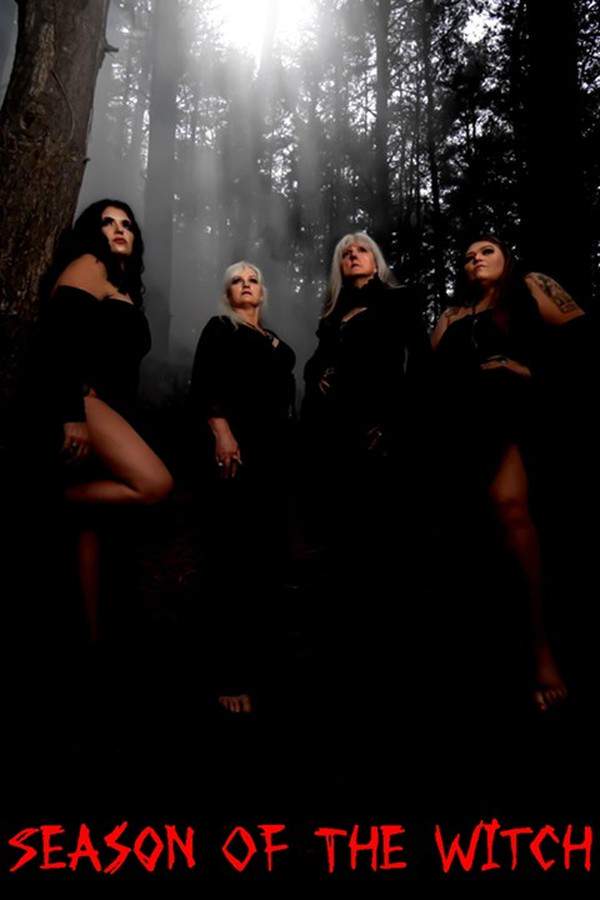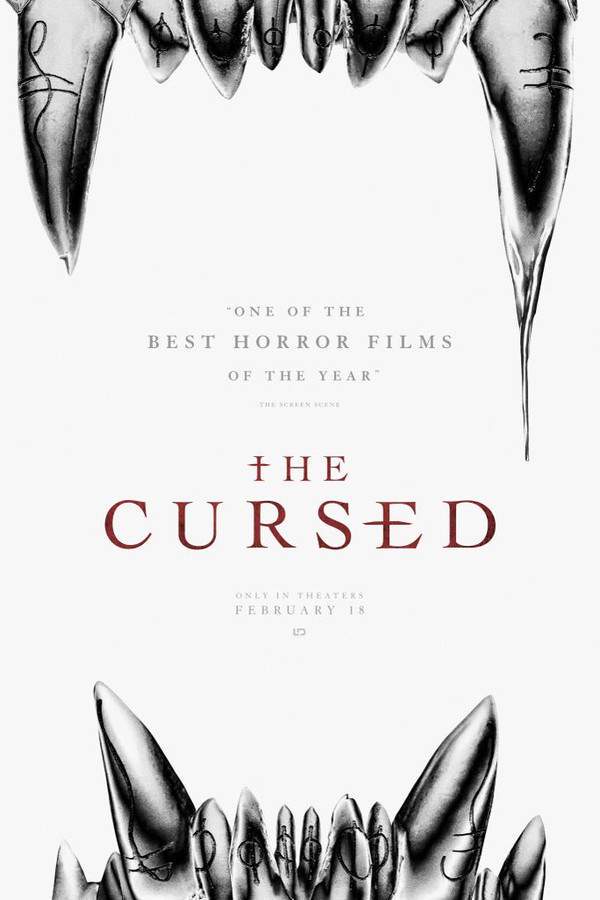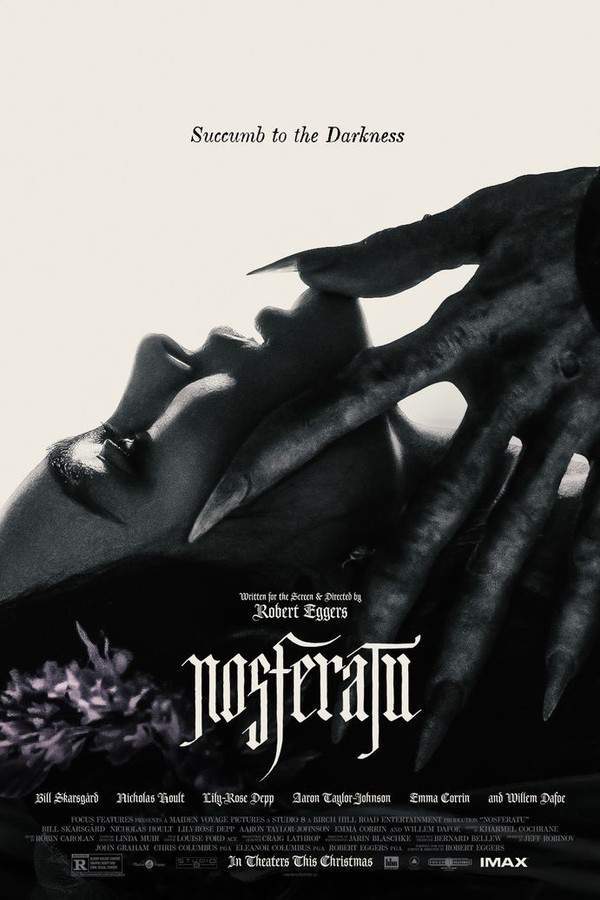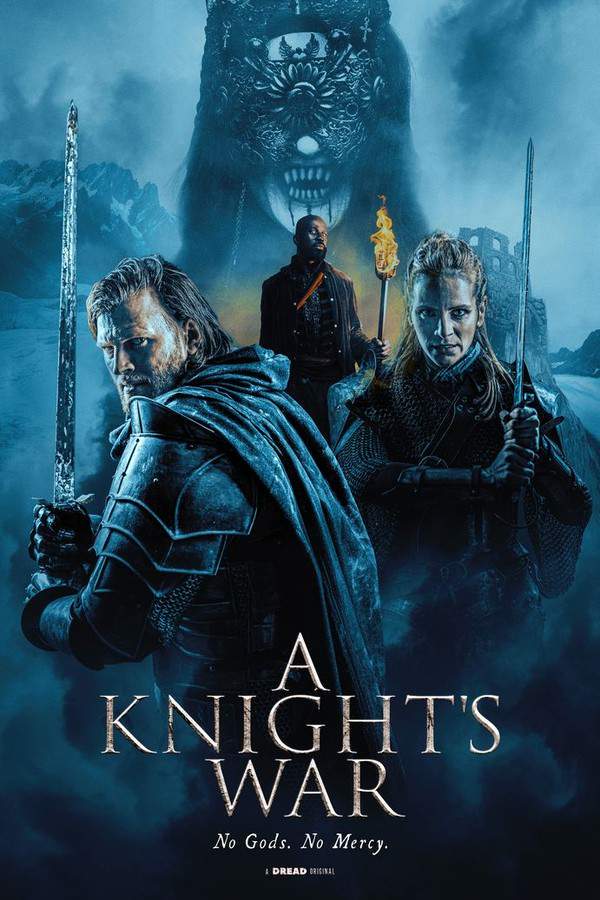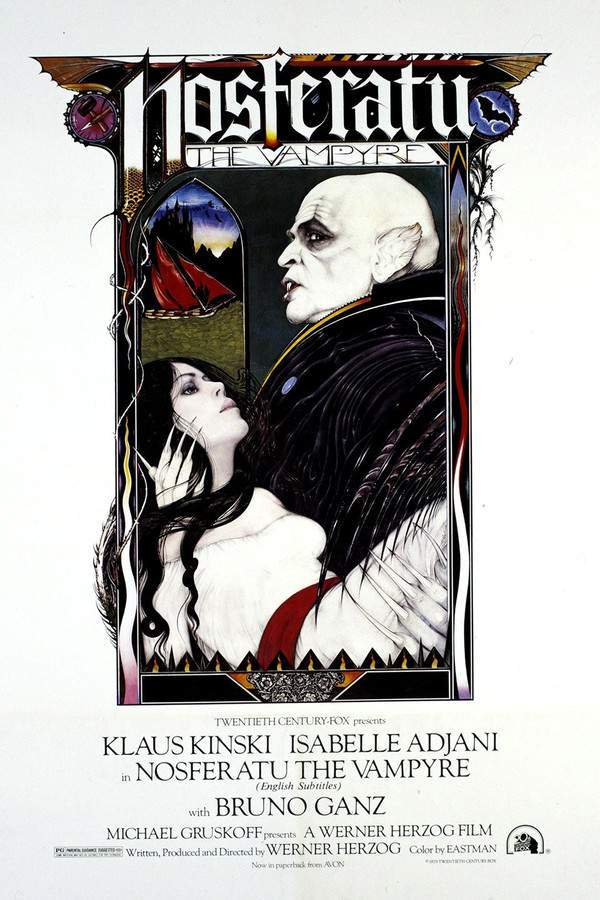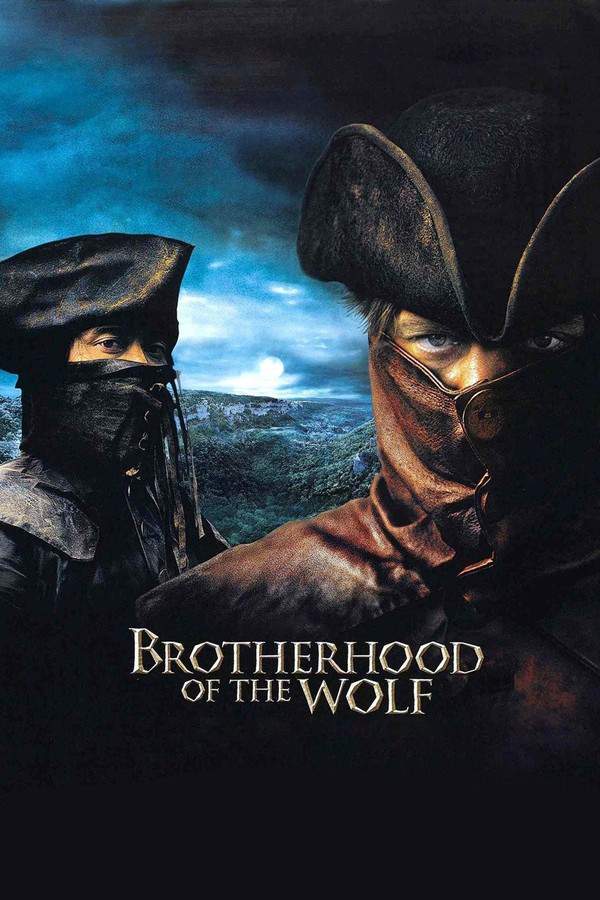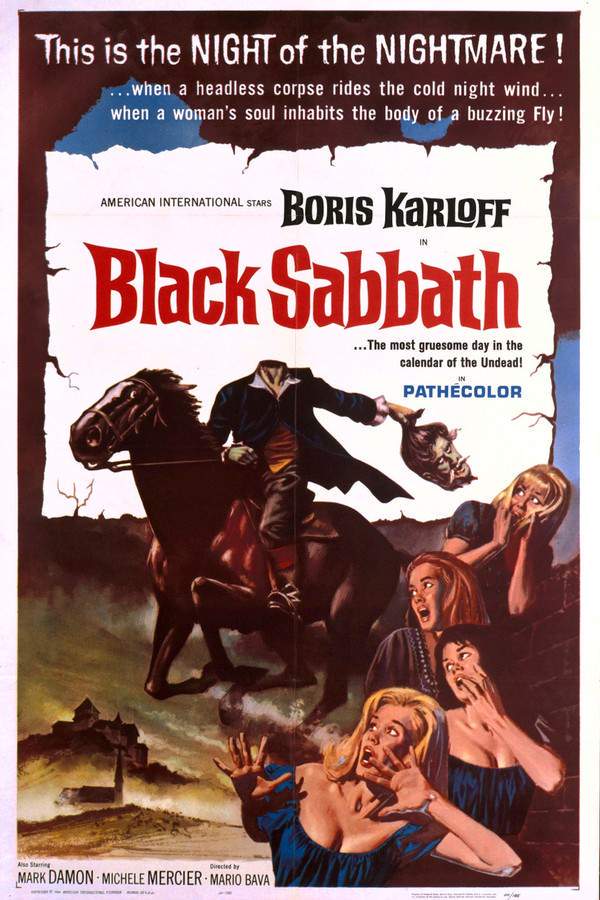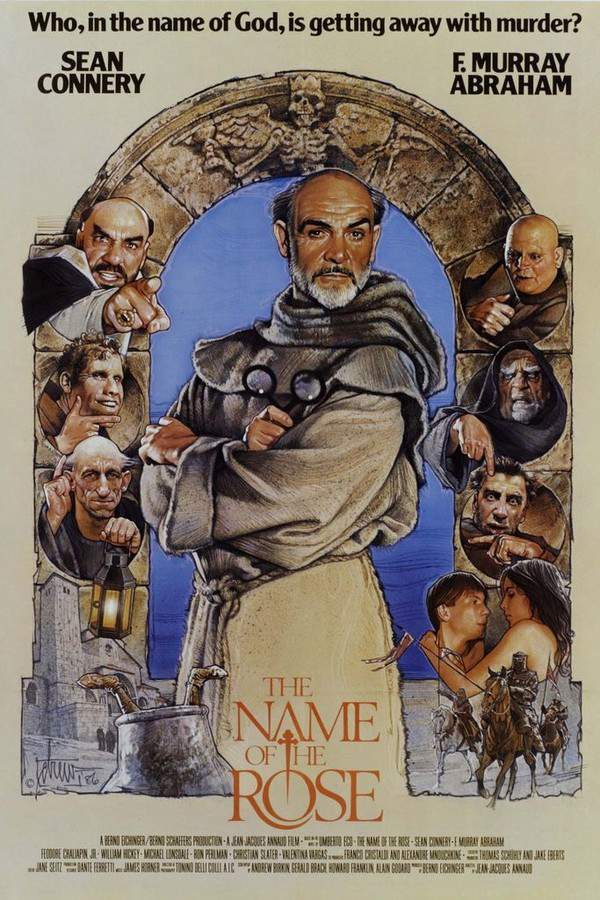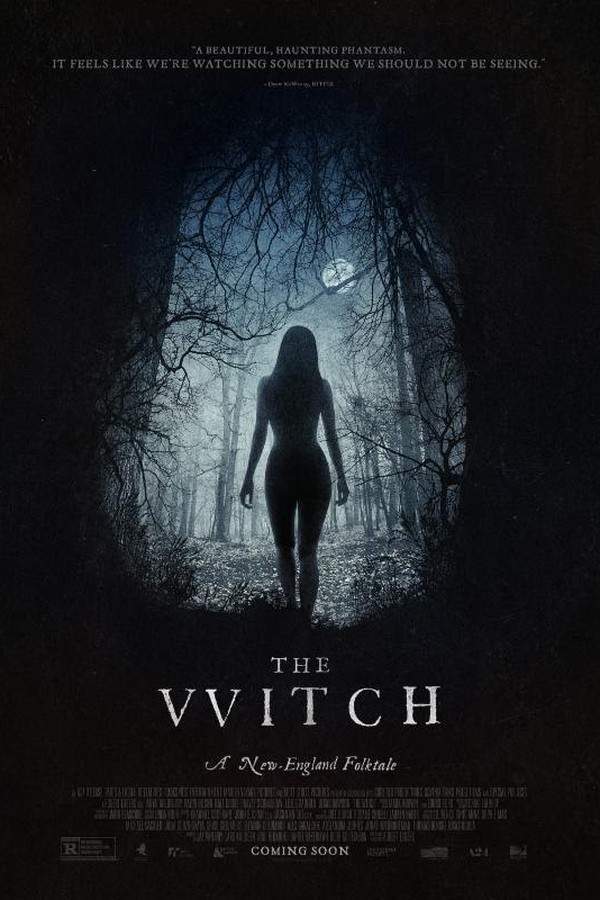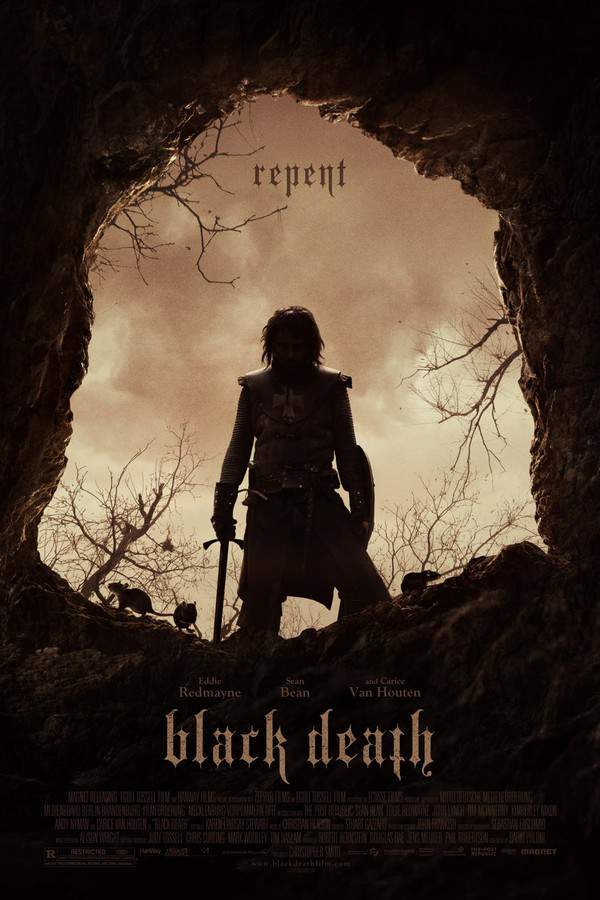
Black Death 2011
Directed by

Christopher Smith
Made by

Magnet Releasing
Black Death Plot Summary
Read the complete plot summary and ending explained for Black Death (2011). From turning points to emotional moments, uncover what really happened and why it matters.
Black Death opens with a haunting voiceover from Wolfstan (John Lynch), a soldier tasked by the Church in 14th Century England. As an enforcer of divine justice, Wolfstan and his fellow soldiers are on a relentless mission to hunt down those who stray from God’s path. The film begins amidst the turmoil of the bubonic plague, which ravages the population and inspires widespread belief that it is a punishment from God cast upon the sinful. However, Wolfstan ponders whether such an extreme punishment can truly be justified, probing the depths of human sin and its consequences.
In this turbulent time, we meet Osmund, a young novice monk. He is sent into a nearby town on a task, where he encounters Averill, a captivating young woman who harbors deep feelings for him. Fearing for her safety as the plague spreads, Osmund implores Averill to escape with him into the safety of the forest. She pleads with him to join her, promising to wait for him each dawn by a specific landmark, for just one week. This heartfelt exchange leaves Osmund torn between his love for Averill and his sacred vows to God. In a moment of desperation, he kneels in prayer for guidance and clarity regarding his conflicting emotions.
The plot thickens when Ulrich, an aide to the local bishop, leads a troop of Church soldiers to the monastery where Osmund resides. They seek a monk to guide them on a perilous journey to a remote village rumored to be free of the plague. Seeing this as the divine sign he prayed for, Osmund eagerly volunteers, knowing the expedition will lead them through the very forest where he urged Averill to hide.
As the group travels through the somber woods, they stumble upon villagers preparing to execute a woman accused of witchcraft (Marianne Graffam). Ulrich intervenes only to end her life quickly, arguing that the villagers would have done much worse otherwise. The soldiers proceed, eventually setting up camp in the forest. Eagerly, Osmund rushes to meet Averill at their predetermined spot, only to discover her scarf and a gang of bandits. In a chaotic turn of events, the brigands attack the camp. Though the soldiers manage to fend them off, many horses are stolen, necessitating their journey to continue on foot.
Upon reaching the village, they are greeted by Hob (Tim McInnerny), who offers them hospitality for the evening. As Osmund, now injured, receives care from Langiva, the village herbalist, it becomes evident that the serene facade of the village conceals darker truths. Langiva, seeing through Ulrich’s facade, reveals her underlying resentment towards the Church, which caused her personal loss. She later unveils a startling discovery—sacrifice effigies of the last Church party that attempted to punish the villagers. Then, in a shocking revelation, she pulls Averill’s body from a shallow grave, intensifying Osmund’s grief.
The narrative escalates into a harrowing conflict where Ulrich finds himself amidst a witch-hunt of a different kind. The villagers, believing themselves free from the Church’s oppression, turn the tables on the soldiers. Their drugged dinner leads to each soldier facing trial at the hands of the villagers, exposing a grim reckoning. Frith (Thorsten Querner), one of the soldiers, faces a brutal death when he refuses to renounce his faith, only to be disemboweled.
As chaos unfolds, Osmund navigates the complexities of love and loyalty, ultimately confronting Langiva again within her home. Here, he finds Averill alive but in a deeply altered state, prompting him to make a tragic choice to end her suffering, believing she has been cursed. Langiva, enraged by the Church’s continued oppression, takes matters into her own hands, and Ulrich faces a brutal end, exposing the devastating impact of the plague he brought upon the village inadvertently.
In the aftermath, as battles rage and loyalties are tested, Wolfstan reflects on the fate of the remaining characters. As he journeys back to the monastery with Hob in custody, he acknowledges the irony of a village untouched by the curse of the plague, attributing their survival to isolation rather than witchcraft.
In his poignant closing monologue, Wolfstan acknowledges the tragic transformation of Osmund into a vengeful figure of the Church. Osmund’s grief spirals into madness, fueled by his relentless pursuit of Langiva, whom he sees as the root of his anguish. This relentless drive propels him into becoming an inquisitor, enacting merciless vengeance on those he perceives as witches, embodying the very horrors he once sought to combat.
As the story reaches its haunting conclusion, Wolfstan’s voice resonates with a painful prayer for Osmund’s redemption, even as he partakes in the grim execution of innocents—a cycle of violence that leaves the audience pondering the true nature of faith and humanity’s darkness. The film concludes with a powerful fade to black, leaving behind lingering questions about morality, belief, and the cost of fanaticism.
Black Death Timeline
Follow the complete movie timeline of Black Death (2011) with every major event in chronological order. Great for understanding complex plots and story progression.
Opening Voiceover
The film begins with a voiceover from Wolfstan, a soldier for the Church in 13th Century England. He explains the devastating impact of the bubonic plague, which many believe to be divine punishment aimed at punishing the unfaithful.
Osmund's Conflicted Love
Osmund, a young monk, visits a town where he speaks with Averill, a woman who loves him. He urges her to escape the town due to the plague, promising to meet her in a forest at dawn if he decides to follow her.
The Sign for Osmund
After praying for guidance, Osmund perceives a sign when a troop of Church soldiers arrives at the monastery seeking a guide. Seeing this as his chance to find Averill, he eagerly volunteers to lead them to the remote village.
Encounter with a Witch
On their journey, the soldiers come across villagers preparing to execute a woman accused of witchcraft. Ulrich, their leader, intervenes, only to kill the woman himself, illustrating the harsh realities of their mission.
Averill's Scarf
As the soldiers set up camp in the forest, Osmund rushes to the landmark to meet Averill, but finds only her scarf and a band of brigands. He narrowly escapes and returns to the camp, but they are soon attacked by the brigands.
Arrival at the Village
The group arrives in a seemingly peaceful village and is welcomed by Hob. Osmund, who is injured, receives treatment from the village herbalist, Langiva, who harbors a secret resentment against the Church.
Unveiling Village Secrets
Langiva reveals unsettling truths to Osmund, showing him effigies of the last Church party that sought to rid the village of heresies. Shockingly, she also reveals that she has found Averill alive but drugged.
The Soldiers' Trials
During dinner, the villagers drug the soldiers, binding them for a trial led by Langiva. The community, strong in their own belief system, chooses to test the soldiers' faith through brutal trials, starting with Frith, who ultimately meets a gruesome end.
Osmund's Heartbreaking Decision
Osmund is led to Averill, who is in a drugged stupor. Convinced she is beyond hope due to dark witchcraft, he makes the sorrowful decision to end her life, believing he is sparing her from suffering.
Ulrich's Fate
Ulrich, having been captured, is bound and tortured. The villagers, upon discovering that he carries the plague, lose control, and chaos ensues as he is brutally killed by horses pulling him apart.
Aftermath of the Battle
The remaining soldiers manage to break free and overpower the villagers. Although many villagers die, Wolfstan is the lone survivor among the soldiers, left to grapple with the horrors of what has transpired.
Osmund's Confrontation
Osmund chases after Langiva and accuses her of murdering Averill. She refutes the claim, asserting that she is no witch but a skilled herbalist, having merely kept Averill drugged for her intentions.
Return to the Monastery
Wolfstan takes Hob, captured alive, to face trial as a necromancer. As they make their way back to the Church, Wolfstan reflects on the inevitable devastation caused by Ulrich bringing the plague to the village.
Osmund's Dark Transformation
In the closing voiceover, Wolfstan shares how Osmund succumbed to madness following Averill's death. Driven by a desire for vengeance on Langiva, he becomes a merciless inquisitor, torturing innocent women accused of witchcraft.
Final Reflection
Wolfstan expresses a prayer for Osmund's peace, despite the violent path he has taken. The film fades to black as Osmund is seen presiding over a grim execution, a stark reminder of the consequences of his choices.
Black Death Characters
Explore all characters from Black Death (2011). Get detailed profiles with their roles, arcs, and key relationships explained.
Osmund (Eddie Redmayne)
Osmund is a conflicted young monk who grapples with his religious vows and his passionate love for Averill. Torn between his duty to the Church and his desire for personal happiness, Osmund's character arc evolves dramatically from innocence to vengeance after the loss of Averill, ultimately leading him to commit atrocities in the name of his faith.
Averill (Kimberley Nixon)
Averill is a young woman representing love and innocence in the story. Her affection for Osmund and her desire to escape the plague-driven chaos symbolize the hope for a life free from the horrors surrounding them. Her tragic fate becomes the catalyst for Osmund's transformation.
Ulrich (Sean Bean)
Ulrich serves as a brutal enforcer of the Church's will, tasked with ridding the land of perceived threats to their authority. His complex character embodies the dark side of religious zealotry, as he grapples with his own violent methods, which ultimately lead to catastrophic consequences.
Langiva (Carice Van Houten)
Langiva is an enigmatic herbalist who straddles the line between healer and manipulator. She represents the villagers' resistance against oppressive forces and serves as a catalyst for Osmund's journey. Instead of witchcraft, she utilizes her skill with herbs and knowledge to empower her community, challenging traditional notions of power.
Black Death Settings
Learn where and when Black Death (2011) takes place. Explore the film’s settings, era, and how they shape the narrative.
Time period
13th Century
The movie is set in the 13th Century, a period marked by the rise of the Church's authority and the devastating impact of the bubonic plague across Europe. During this time, many viewed the plague as divine punishment for humanity's sins, leading to extreme reactions, including witch hunts and persecution of those perceived as heretics. The conflict between religious zealotry and human compassion is a significant theme during this era.
Location
13th Century England, remote village, large marsh
The film takes place in 13th Century England, during a time of societal turmoil caused by the bubonic plague. The central location is a remote village surrounded by a large marsh, which provides seclusion from the overwhelming influence of the Church's oppressive might. This setting is pivotal, as it symbolizes both isolation from the plague and the villagers' desire to break free from religious tyranny.
Black Death Themes
Discover the main themes in Black Death (2011). Analyze the deeper meanings, emotional layers, and social commentary behind the film.
⚔️
Faith vs. Doubt
The film explores the tension between faith and doubt, as represented through Osmund's internal struggle between his love for Averill and his vows to God. This theme is exacerbated by the cruel realities of the apocalypse brought on by the plague, leading characters to question the righteousness of their beliefs and the morality of their actions.
🕊️
Redemption and Revenge
Redemption and revenge are central to the narrative, particularly in Osmund's evolution from a pious monk to a vengeful inquisitioner. His tragic transformation showcases how grief can lead individuals down dark paths, prompting them to embrace violence and abandon their initial principles in pursuit of retribution.
🌪️
Chaos of Power
The chaos wrought by power dynamics is evident throughout the story, especially in the interactions between the Church soldiers and the villagers. The villagers' revolt against the Church's authority and their own descent into brutality regarding perceived sins highlight the tumultuous nature of power and its corruptive effects.
Black Death Spoiler-Free Summary
Discover the spoiler-free summary of Black Death (2011). Get a concise overview without any spoilers.
In the mid‑fourteenth century, Europe is drowning in the black swathe of the plague, its towns choked with fear and its people clutching at superstition as a lifeline. The film paints this world in muted, ash‑colored tones, where the relentless wind over marshes and the flicker of dying hearths convey a landscape both beautiful and brutal. Religion looms large, offering both comfort and condemnation, while whispers of a remote hamlet untouched by the disease seep through the gloom like a fragile promise.
At the heart of the story are two unlikely companions. Ulric, a battle‑scarred knight bound to the Church’s will, carries the weight of martial duty and a personal code that often clashes with the dogma he serves. Osmund, a young novice monk, embodies the trembling hope of faith, his quiet devotion tested by the harsh reality of a world that seems to punish the innocent. Their partnership is forged as they set out on a desperate expedition, drawn together by rumors of a village that has somehow evaded the contagion’s reach.
The journey itself becomes a meditation on belief and morality. As they trek through foreboding forests and murky marshlands, the stark contrast between the relentless spread of death and the possibility of salvation fuels a tense, introspective mood. The film lingers on moments of quiet contemplation—prayers whispered in the dark, the echo of distant church bells, the uneasy camaraderie that grows between a knight and a monk. In this crucible of fear and wonder, both men must confront the limits of their convictions, questioning whether true redemption lies in faith, in action, or in the uncharted shadows of a world ravaged by an unseen foe.
Movies with Similar Twists and Themes
Uncover films that echo the narrative beats, emotional arcs, or dramatic twists of the one you're exploring. These recommendations are handpicked based on story depth, thematic resonance, and spoiler-worthy moments — perfect for fans who crave more of the same intrigue.
Featured on this page

What's After the Movie?
Not sure whether to stay after the credits? Find out!
Explore Our Movie Platform
New Movie Releases (2025)
Famous Movie Actors
Top Film Production Studios
Movie Plot Summaries & Endings
Major Movie Awards & Winners
Best Concert Films & Music Documentaries
Movie Collections and Curated Lists
© 2025 What's After the Movie. All rights reserved.


